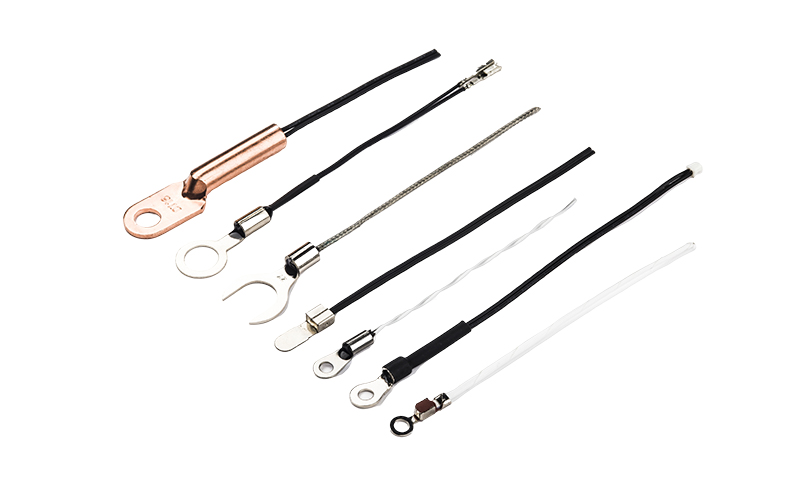Thermistors has many useful applications, such as used in medical devices. They are also used in electrical circuits as current or power meters - the change in resistance with temperature effectively increases or decreases the sensitivity of these types of meters.

Thermistors are used in many ways. A great example is the thermistor that measures temperature in your car. The thermistor is also present in medical devices such as blood pressure cuffs, pulse oximeters and infrared thermometers to measure body temperature. Thermistors are also used in home automation systems such as thermostats and humidifiers to keep the environment comfortable for people living there.
Medical devices such as pulse oximeters use ntc thermistors for sensing temperature and heart rate.Thermistors are a special type of resistor that exhibit a change in resistance with temperature. Thermistors are used in electronic circuits to measure temperature and in medical devices such as pulse oximeters. They're also found in other common items like microwave ovens, dishwashers, refrigerators, etc.
Sensors are an integral part of home appliances and devices. The sensors are used to monitor the internal temperature and pressure of your home appliances. They also help in monitoring the quality of food while cooking. The below list contains some of the common sensors used in various home appliances: coffee maker temperature sensor, induction cooker sensor diode, thermistor in air conditioner etc.
Thermistors can be used to measure the temperature inside your car - especially if your car has an electronic control unit (ECU). If you want to keep track of how hot or cold it is inside your vehicle, then installing a thermistor into your car's ECU might help you do that!
Thermistors are used in many different types of applications. They are most commonly used as temperature sensors and in some cases can also be used for other types of measurements such as pressure or other non-contact sensing. The most common type of thermistor is the negative temperature coefficient (NTC) thermistor which changes its resistance with temperature. This means that depending on the material used in manufacturing it could either increase or decrease its resistance when heated up so that when at room temperature it would have a certain value but then increase when heated up further until reaching boiling point temperature where there would be no change anymore because there is no more current flowing through it due to lack of voltage drop across terminals due to their high resistance values hence becoming an insulator instead.